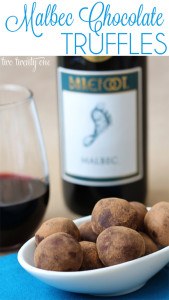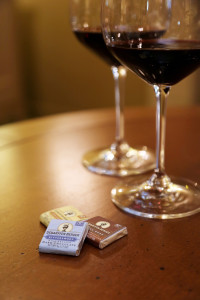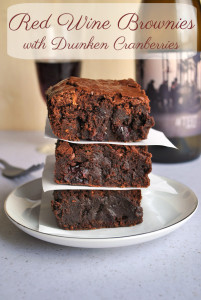Pairing Your Desserts with the Right Wine
Wine is usually paired with savoury items. When you go to a restaurant and they offer wine pairings, more often than not these pairings only extend to the appetizers and entrées – not to dessert, which is paired with only coffee more often than not. Wines are complex and packed with flavours that can be highlighted by the food we eat, including dessert.
 One way to put together wine pairings is to experiment with whatever wine you have and see what tastes good. It’s not a good pairing if you don’t like it – no matter what any “rules” about wine pairing say. That said, since you have to start somewhere, we are going to offer up a couple of simple rules that should give you a few guidelines for starting out:
One way to put together wine pairings is to experiment with whatever wine you have and see what tastes good. It’s not a good pairing if you don’t like it – no matter what any “rules” about wine pairing say. That said, since you have to start somewhere, we are going to offer up a couple of simple rules that should give you a few guidelines for starting out:
Start with the description of the wine.
Wines always have some words describing them, such as “fruity”, “tart”, “with blackberry notes,” or “reminiscent of green apples.” You may or may not detect these particular flavours, but they often reveal what foods might compliment the wine. Pairing a dessert that features one of the described flavours can often draw it out in the wine. A grassy, citrusy Sauvignon Blanc might go very well with a lemon cake, for instance.
Wines often pair with like colours.
 In the same vein as rule number one, red wines often contain lots of dark-coloured fruit flavours, so it is no surprise that many of them go well with red fruits. A juicy Merlot can actually complement a strawberry shortcake packed with fresh berries. White wines don’t usually evoke berry flavors, so citrus, apples, tropical fruits and other desserts can be better matches.
In the same vein as rule number one, red wines often contain lots of dark-coloured fruit flavours, so it is no surprise that many of them go well with red fruits. A juicy Merlot can actually complement a strawberry shortcake packed with fresh berries. White wines don’t usually evoke berry flavors, so citrus, apples, tropical fruits and other desserts can be better matches.
Oaky wines go with simple desserts.
A typical New World Chardonnay is a wine that has a lot of oak in it. Oaky wines have a very strong flavour that can be a little difficult to work with. Surprisingly, they actually pair well with simpler desserts that don’t have a lot of competing flavours. Oak is described as imparting lots of vanilla, toffee, butterscotch and caramel – and when those flavours are the primary ones in a dessert, that dish can actually stand up to a flavourful oaky wine.
Chocolate desserts often do better than chocolate bars.
Many red wines are described as having chocolate notes, but we think that straight chocolate can be a little difficult to pair with wine. Dark chocolates can have a flavour that is almost too intense for the wine. Milk chocolates can be too sweet. Chocolate desserts – from rich flourless chocolate cake to classic chocolate chip cookies – fare much better with wine. In these desserts, the chocolate is already balanced out with other ingredients and just seems to play well with wine better.
difficult to pair with wine. Dark chocolates can have a flavour that is almost too intense for the wine. Milk chocolates can be too sweet. Chocolate desserts – from rich flourless chocolate cake to classic chocolate chip cookies – fare much better with wine. In these desserts, the chocolate is already balanced out with other ingredients and just seems to play well with wine better.
Wine doesn’t have to be sweet to go with dessert.
A dessert wine is a sweet wine, and while it can be an outstanding accompaniment for dessert, it isn’t the only thing you should consider pairing. The existence of salty-sweet desserts just goes to show you that some contrast can be a good thing and a dry wine might mellow the sweetness of a caramel-topped dessert, just as a more tannic red can cut the richness of a dark, buttery chocolate one.
These are not hard and fast rules, by any means, but at least it should help narrow down the choices the next time you’re looking for a couple of bottles to bring to a dinner party. And it will give you a few more options than just serving coffee after dinner next time.



 0
0